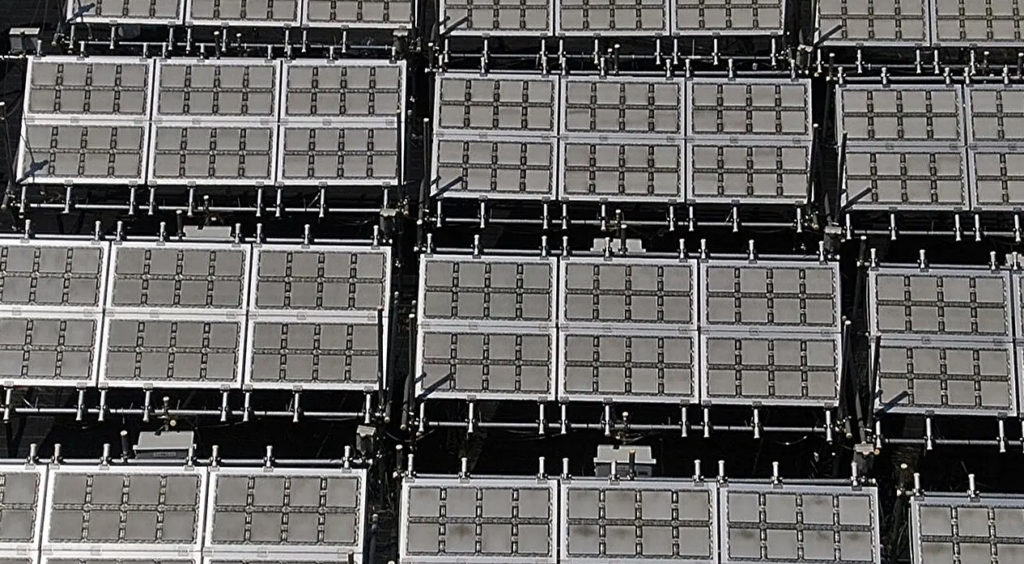New photosynthetic panels to imitate plants
(sustainabilityenvironment.com) – Artificial photosynthesis continues to be an important area of research. And not so much because of the efficiency of the natural process (which is relatively low), that science is trying to replicate. The real question is to be able to transform solar energy into chemical energy; and, like what plants do, to use CO2 as the base material for the production of new organic substances.
Several laboratories worldwide have replicated the plant process with good results. Some produced hydrogen, those who with the help of particular bacteria have baked biodegradable polymers and those who have focused on precursors of fuels and drugs. And then there are those like Kazunari Domen and his colleagues at the University of Tokyo, who have created innovative photosynthetic panels that produce methane directly. The research was recently published in ACS Engineering Au and explains how to produce CH4 by combining the splitting of water molecules and the methanation of carbon dioxide.
A process capable of feeding itself
In the past, the group had already developed a photocatalytic device capable of “breaking” water into hydrogen and oxygen only with the energy of the sun. Now, scientists wanted to go further by creating a complete photosynthetic process that could also absorb CO2 and convert it into methane within the same system.
In detail, the team created photosynthetic panels, a series of reaction cells each coated with a photocatalyst of strontium titanate doped with aluminum (SrTiO3). When filled with water and placed in the sun, these cells release hydrogen and oxygen. The two gases are first separated, and then hydrogen enters a second reaction chamber to react with carbon dioxide to form methane and water. The latter is then recycled in the first step.
To test their invention, Domen and colleagues created 1600 cells by testing them continuously for three days in a variety of weather conditions. The plant has been storing photosynthetic methane all along. However, as the researchers themselves point out, efficiency must improve dramatically before these devices can become viable options for large-scale energy production.

